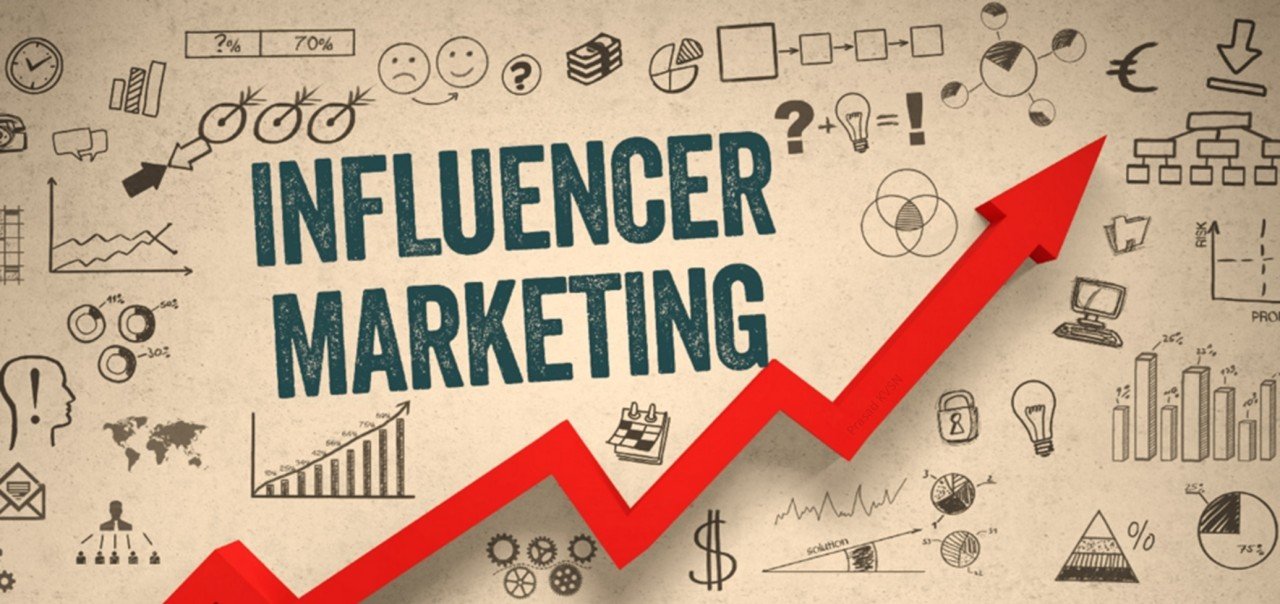


Influencer marketing leverages endorsements and product placements by influencers with significant social influence. It includes various types of influencers: nano, micro, macro, and mega/celebrity, each offering different levels of authenticity, reach, and cost. The key benefits include enhanced brand awareness, authenticity, higher engagement rates, and targeted audience reach. To find the right influencers, analyze their audience demographics, engagement rates, content quality, and brand alignment. Utilize database tools, monitor relevant discussions and hashtags, and consider competitors' strategies to ensure a successful campaign.
Influencer marketing (also known as influence marketing) is a form of social media marketing involving endorsements and product placement from influencers, people and organizations who have a purported expert level of knowledge or social influence in their field. Companies may ask a person with a large following to publish social media content that promotes their products or services. People often follow individuals they trust on social media, so if they see someone they follow advertising your business, there's an inherent trust factor you can lean on to boost your conversion rate.
The Diverse Landscape of Influencers:
In the diverse landscape of influencer marketing, the type of content influencers produce plays a crucial role in campaign success. This section will explore the various content formats influencers can leverage, from traditional posts and stories to live videos, IGTV, and more. Readers will gain insights into tailoring content formats to specific platforms and campaign objectives.
Brand Awareness: Improves Brand Awareness. As noted, influencer marketing can greatly expand your reach and positioning online. Social users will begin to know more about it.
Authenticity:Authenticity and credibility are crucial in the world of PR. Influencers who genuinely connect with their audience and share honest opinions
Engagement rates: This authenticity often results in higher engagement rates and more targeted reach compared to traditional advertising methods.
It allows to reach the Targeted Audience
It Ensures increased Brand Awareness.
It helps to Boost Your Social media presence.
To get influencers, start by analyzing their audience demographics, engagement rates, and authenticity of their followers. Evaluate their content quality, brand alignment, and past collaborations. Look for transparency in sponsored posts and assess their reputation within the industry.
· Define Your Goals
· Establish Your Influencer & Creator Personas
· Use an Influencer & Creator Database Tool
· Monitor Influencers & Creators Talking About Your Brand
· Look at Who Your Target Audience Engages With
· Consider Micro Influencers & Creators
· Monitor Relevant Hashtags
· Follow Industry Podcasts, Events, Newsletters, and Blogs
· Keep an Eye on Your Competitors
· Look at an Influencer & Creator's Key Performance Metrics
· Ask Your Community for Recommendations


